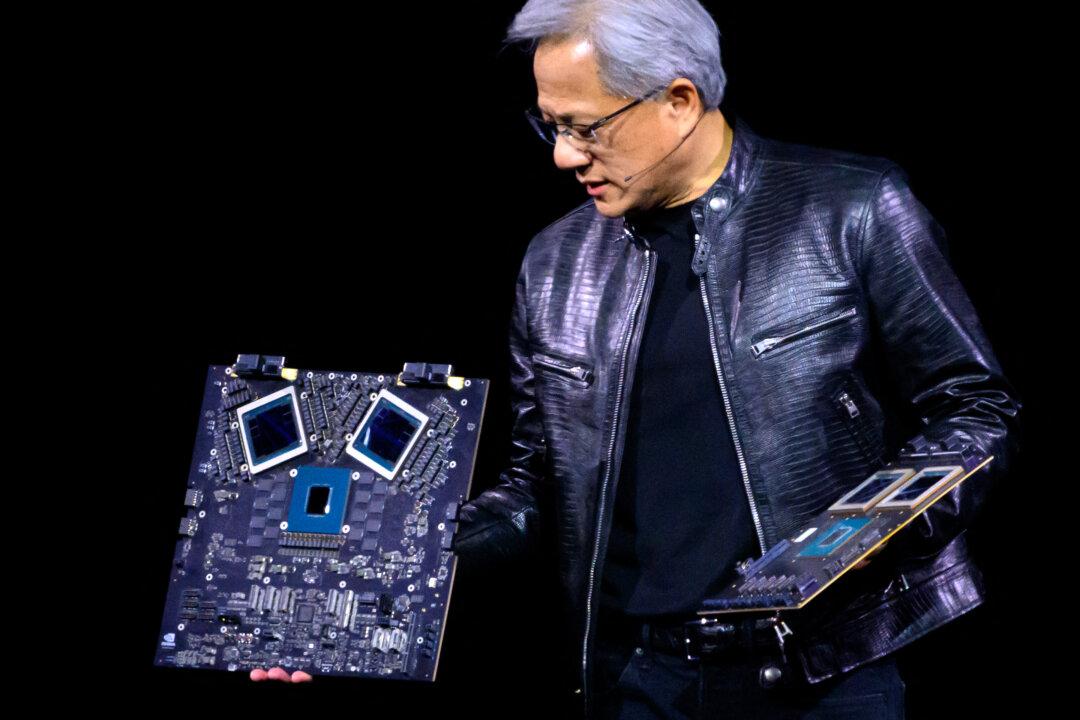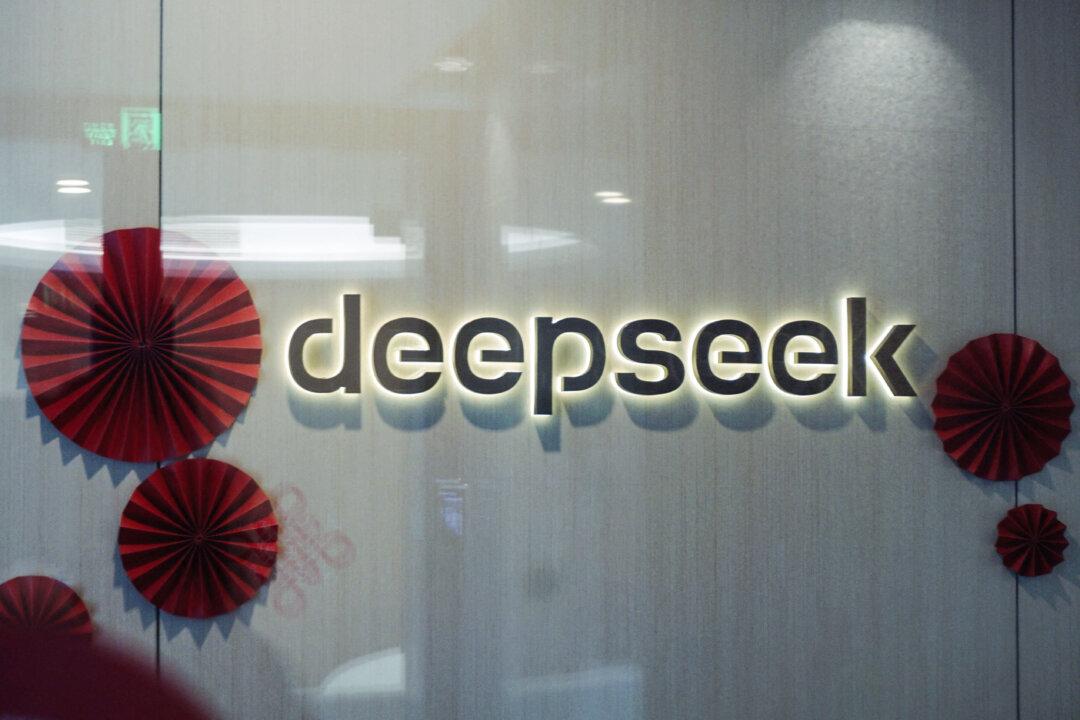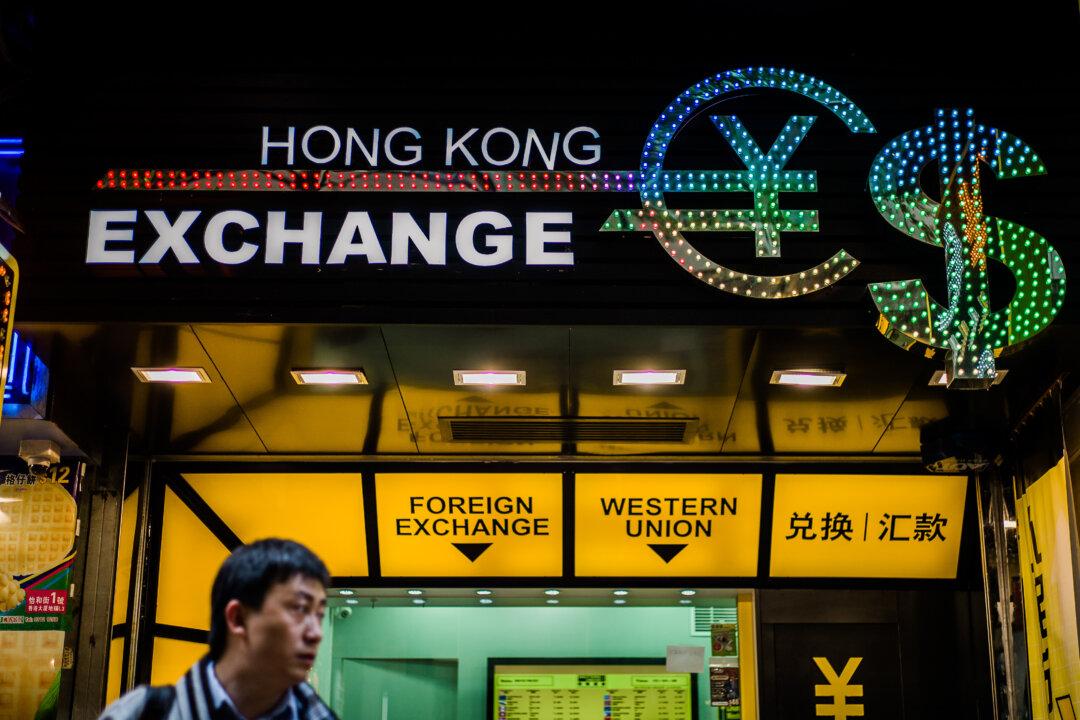In response to moves by the United States and its allies, China is facing mounting challenges in accessing state-of-the-art semiconductors and the technology to manufacture them. This shift is noticeable even at leading global artificial intelligence (AI) conferences, where China-related topics have become markedly absent.
On March 29, the Biden administration announced a revision of regulations aimed at further limiting China’s ability to procure American AI chips and the equipment necessary for their production. These amendments build on measures initially introduced the year before, designed to halt the export of advanced AI chips, developed by firms like Nvidia, to China. The United States harbors concerns that the advancements in China’s tech sector could bolster the Chinese Communist Party’s (CCP) military prowess.






